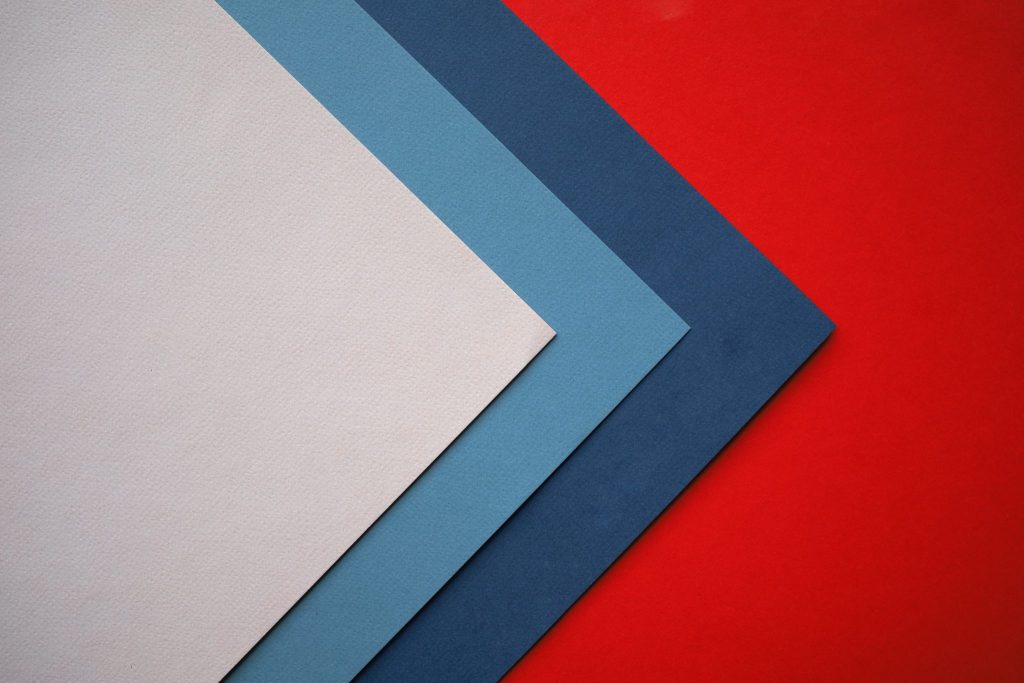
Who should pay attention to the color blocking in the first place?
The color blocking is usually associated with the character of the customer: it is chosen by people for whom bright emotions and frequent mood swings – a lifestyle; they are open to change and repaint the walls without fear or pity – it inspires them.
Which room is more suitable for this reception – private or public?
Choosing contrasting colors in the apartment or not is a personal matter: it is important to understand what you want from the interior and what you are going to do for it. But even more important in this case is how you want to feel at home.
The color block is appropriate in public and residential areas. There is a nuance in private interiors: if you want to, but are afraid to let the color come to life, use experimental shades where you are not often – for example, in the guest bathroom or hallway. They are transit, so they can withstand more decorative loads.
Another nuance applies to apartments for rent: if before tenants often chose a neutral-beige interior, now it is faster and more expensive to rent bright and modern spaces.
Color blocking is especially appropriate in public interiors. They are required to be more conceptual: space should be permeated with a special idea and expressiveness – emotions from the contrast of bright colors will be appropriate here.
Are there color-matching rules? How to use them?
There is a Pantone Studio application that helps to combine colors. The Institute of Color released it just for such cases. He disassembles images by color, you can compose your own palettes. These palettes can then be transferred to the interior.
There are two rules for combining colors in the interior:
First, the use of Itten’s color wheel and his theory of color. According to this, there are primary colors, combinations of adjacent, contrasting pairs, and triads. Combinations of adjacent colors, such as orange, red, and yellow, or navy blue and blue with green, always work well.
But the contrasting pair and the triad will appeal to the bold – it’s blue and yellow, green and purple. Do not forget about the trend for pastel shades. Not everyone will like the combination of yellow and purple, but powder pink with mustard is not so eccentric.
Secondly, it is a ratio of 60-30-10. To achieve harmony in the room, color colors must be combined (we are talking about everything except black, white, and gray).
So, the ideal formula is 60% of the main color, 30% of the additional color, and 10% of the accent color.
What should be considered in the color block, other than color?
Color blocking is not an easy task. Here are some more style features you need to know about:
- The color block is not about small patterns and repetitions of small elements. Avoid them.
- Large planes – this is the main canvas for colored blocks. Accents should attract attention. The colored decor fits walls, doors, cabinet surfaces, floors, or even ceilings.
- Enter no more than two colors, this is the best solution. The interior can “fall apart” from extra bright blue or green things.
The color block is good in its own way. Combine large colored surfaces, avoid small drawings and repetition of small elements.
Remember: the main thing is that you like the interior and it was comfortable.
Picture Credit: Unsplash
